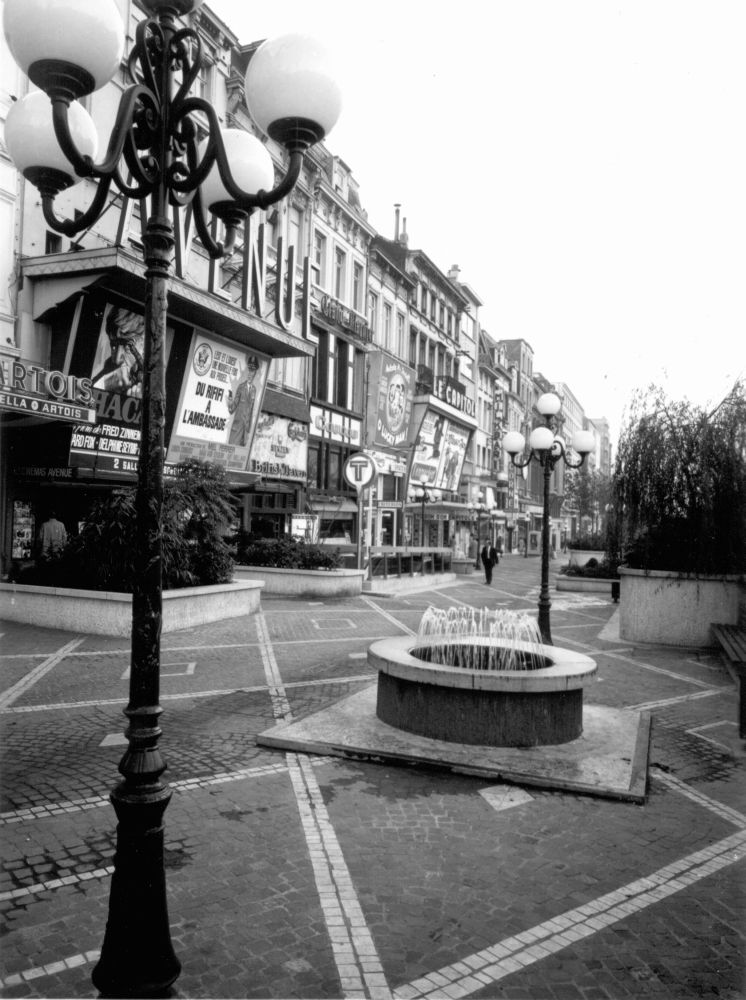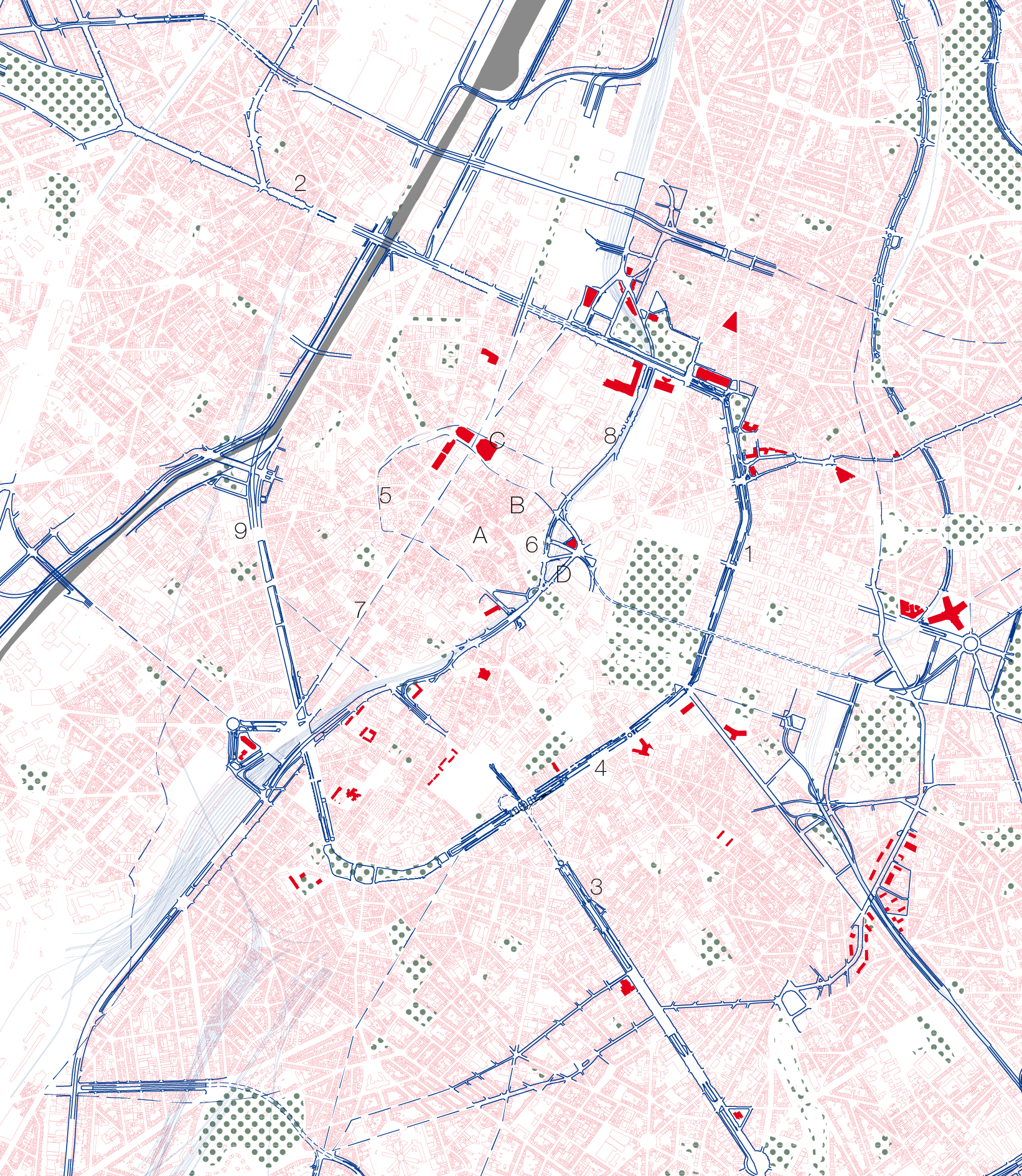Tension between imaginaries of fast and slow mobility in the evolution of mobility infrastructures in Brussels
This thesis explores and discusses the evolution of mobility infrastructures in Brussels through the lens of social imaginaries.
The thesis presents an analysis of the evolution of mobility infrastructure in Brussels since the 1950s. It makes use of the concept of ‘social imaginary’ to propose an original theoretical framework that highlights the continuity of the tension between fast and slow mobilities imaginaries. It analyses in a diachronic way the different articulations and frictions between the imaginary embodiments in the materiality of the city. It avoids therefore the difficulty generally encountered by mobility approaches that favour functional and technical dimensions. Imaginaries are subject to a double process. The city experiences in terms of dis|pleasures updates imaginaries through its poetics. At the same time, mobility infrastructure materialise and stabilise mobility imaginaries. Imaginaries continually destructure and restructure that way the city through a diversity of embodiments. The tension between fast and slow mobilities imaginaries is part of a dual dynamic of loosening and tightening up of the urban fabric which apprehends the city on different scales and continually redefines the division between spaces of speed, slowness and frictions. While an imaginary becomes dominant –moving from ‘utopia’ to ‘ideology’–, embodiments are progressively normalised through the institution of a grammar of logics whose fine description through different case studies constitutes the body of the thesis. This grammar transposes and in practice inscribes imaginaries in congruent sensory-motor ways of being and in the material world: the field (mobility infrastructure, material city), the sensitive (narratives and sensory-motor behaviours) and the image (cultural productions as films and photos). The thesis also redefines the concept of ‘fetish’ to better capture the stabilisation of an imaginary in the field through a system of interrelationships with the sensitive and the image. This concept complements the understanding of physical infrastructure through its emotional and subjective investments. It helps to articulate the representative and aesthetic dimensions of the world invested in intensity; it allows investigating both the image and the imaginaries (through film, photograph,...), and the aesthetic, emotional and passionate desires and investments. Mobility infrastructure, in the lower town (historic centre of Brussels) and the upper town ('Deux Portes' district, boulevards de la Petite ceinture), are thus analysed throughout the thesis as sensitive environments in constant evolution - both socially, phenomenologically and materially.



